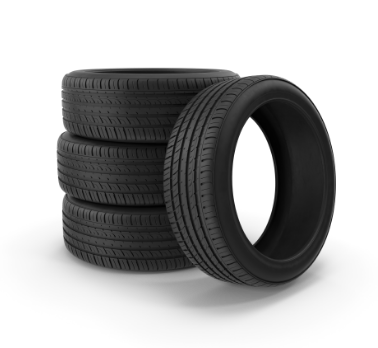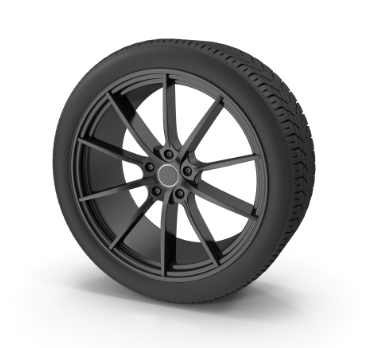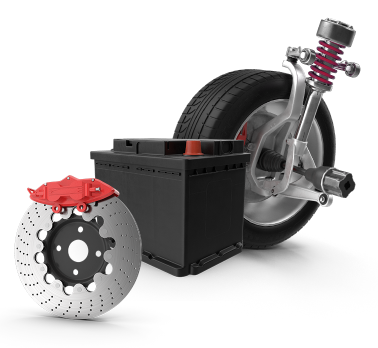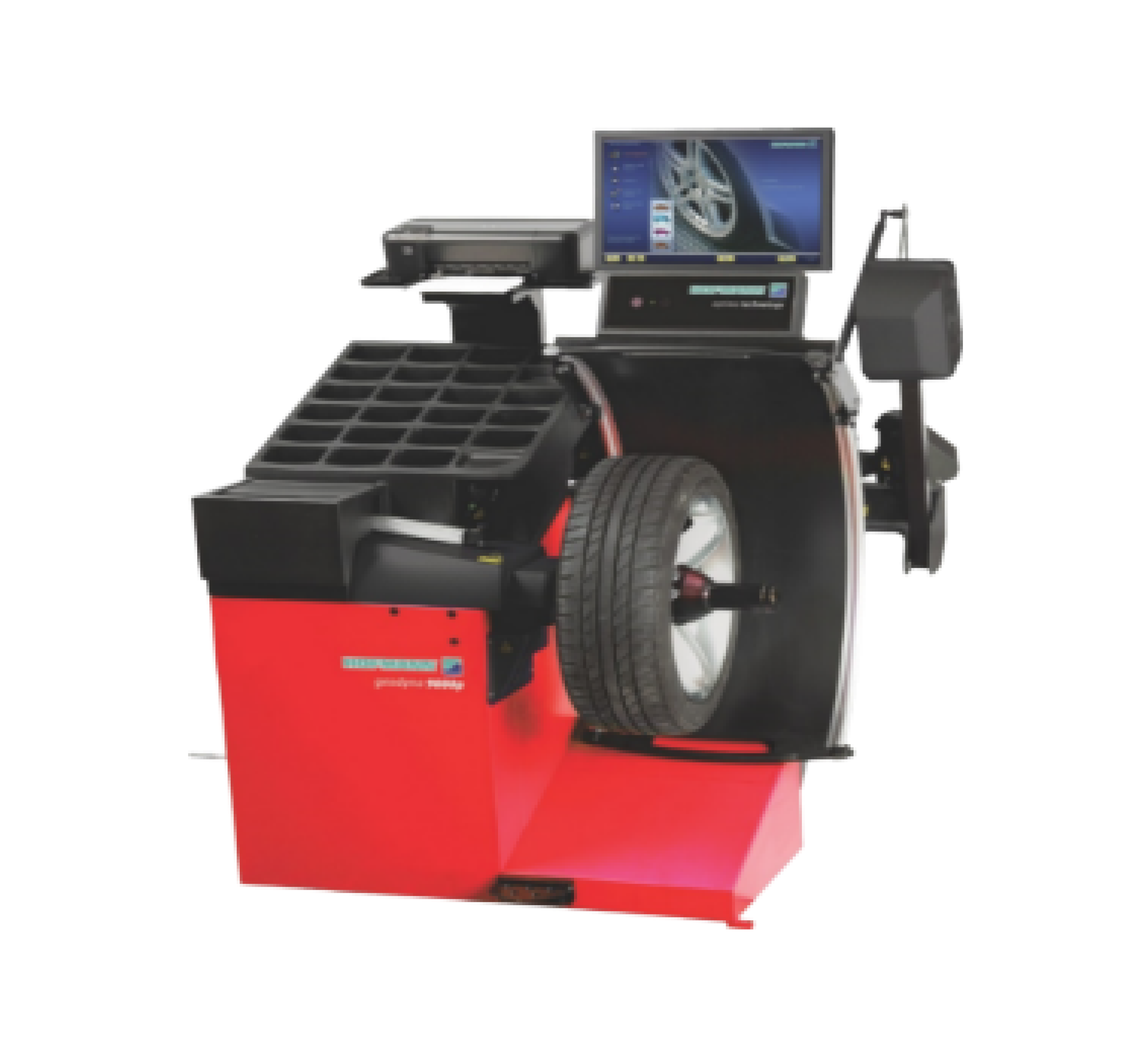5 tyre wear problems and what they mean
Tyres are essential for keeping a car running. However, it is often one of the most neglected parts. If you stay on top of your car's tyre health, it can save you money and keep your vehicle running efficiently. A tyre's health can tell you a lot about the health of your car. Here are five types of wear and what they could mean for your ride:
Diagonal Wear
A patchy wear pattern can indicate tire misalignment. This happens because the wheels don't follow the vehicle's geometric centerline.
Sticking to routine wheel balancing and wheel balancing can stop this type of wear. To catch the uneven tyre wear early, run your hands along the tyre tread to feel for an uneven pattern. This will help detect problems earlier than can be noticed visually.
If caught early, solving this problem is relatively easy. This will ensure better handling and less tyre wear in the long run.
Cupping/Scalloping Wear
Cupped tyres can be identified by their distinct high and low spots. This scalloped effect can look like someone took an ice cream scoop and spooned out part of the thread every seven to ten centimetres.
This can indicate that your vehicle's suspension system has been compromised. A car's suspensions keep the tyres from bouncing up and down by maintaining constant contact with the read. Uneven contact causes this scolloping pattern in the tread.
If you notice this pattern on your tyres, consider having your suspension system inspected by a technician.
Edge Shoulder Wear
Wear on both sides of a tyre often indicates underinflation. This causes uneven weight distribution - the bulk of the weight gets carried to the edge instead of the centre of the tyre. More weight on the tread edges can cause them to wear down considerably faster than the other parts of the tyre.
Uneven tyre pressure can reduce fuel efficiency and increase the risk of a major tyre break. If you notice excessive wear along the edges of your tires, check your tyre pressure immediately.
Centre Wear
Wear down the centre of a tyre often indicates overinflation. This causes the centre of the tread to wear down sooner than the rest of the tyre.
Overinflated tyres can lead to loss of traction, premature tyre wear make the road feel more rough and bumpy. If you notice excessive centre wear on your tyres, make sure your tyre pressure falls in the recommended range.
Inner or Outer Shoulder Wear
Quicker wearing of the tyre's inner or outer edges may indicate a wheel alignment issue. This pattern is often caused by a maladjusted toe (the direction that your tyres point in when viewed from above) or camber (the direction that your tyres point in when viewed from the front).
Issues with wheel alignment can cause your vehicle to pull left or right when you let go of the steering wheel and can affect your vehicle's ability to drive straight.

Need Help?
Request a Callback
![]() Don't want to wait 5 minutes?
Don't want to wait 5 minutes?
Start an Instant Live Chat with one of our dedicated sales consultants
![]() Call us directly on
Call us directly on
Support - 0861 262 527
Sales - 0861 062 527








